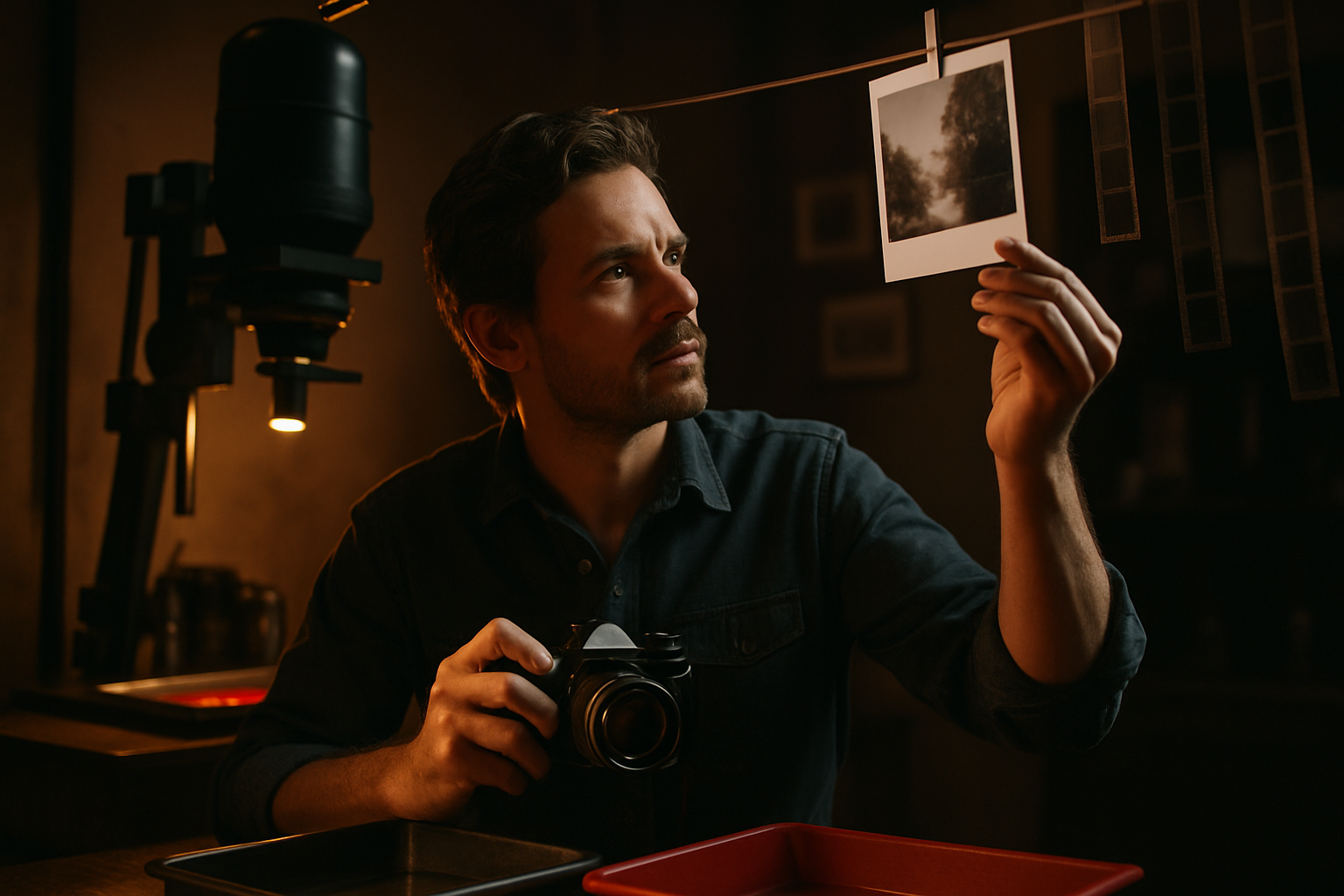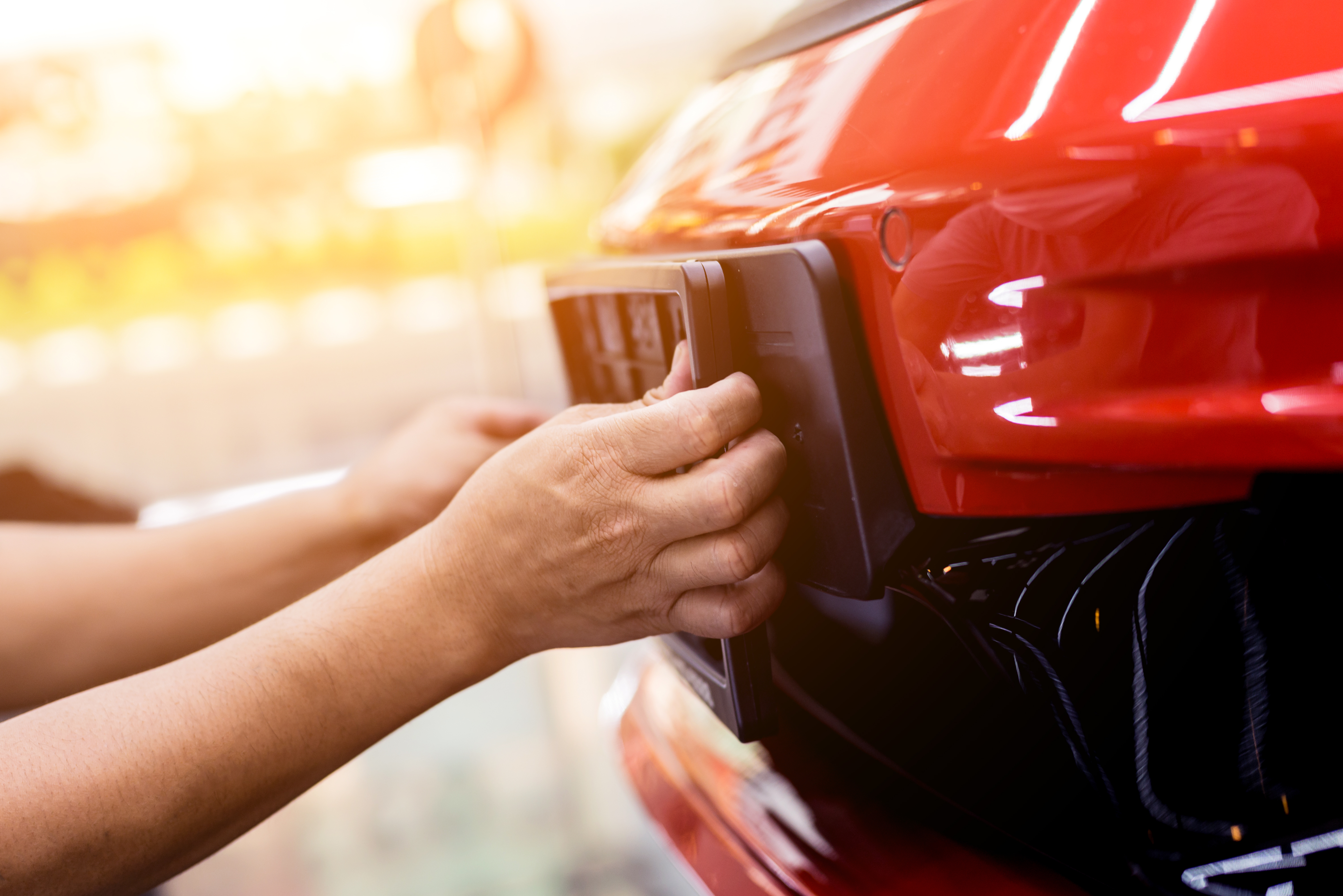Unlock Hidden Treasures: Tips for Snagging High-Value Finds at Police Auctions
Police auctions offer unique opportunities to discover valuable items at competitive prices. These events feature unclaimed property, seized assets, and surplus equipment from law enforcement agencies. From electronics and jewelry to vehicles and collectibles, police auctions can yield surprising finds for savvy bidders who know what to look for and how to navigate the process effectively.

Police auctions represent a fascinating intersection of law enforcement and commerce, where confiscated goods, unclaimed property, and surplus equipment find new owners. These events have grown increasingly popular as people seek alternatives to traditional retail shopping and investment opportunities. Whether you’re hunting for vintage items, modern electronics, or unique collectibles, police auctions can provide access to goods that might otherwise remain locked away in evidence rooms indefinitely.
Understanding Police Auctions
Police auctions operate under specific legal frameworks that vary by jurisdiction. Law enforcement agencies typically hold these events to dispose of items that have been seized during investigations, abandoned property that remains unclaimed after statutory periods, or surplus equipment no longer needed for operations. The auction process serves multiple purposes: it clears storage space, generates revenue for departments, and ensures proper disposal of confiscated materials.
Most police auctions follow standardized procedures. Items are catalogued, photographed, and made available for preview before the actual bidding begins. Potential buyers must register, often providing identification and agreeing to terms of sale. Payment methods are typically restricted to cash, certified checks, or money orders, with immediate payment required upon winning a bid.
Research and Prep Work
Successful bidding begins long before the auction starts. Research involves multiple components: identifying upcoming auctions in your area, reviewing available catalogs, and understanding the specific rules governing each event. Many jurisdictions now publish auction information online, including detailed item descriptions and preview schedules.
Physical inspection during preview periods proves crucial for serious bidders. Items sold at police auctions typically come with no warranties or guarantees, making personal examination essential. Look for signs of damage, missing components, or authenticity concerns. Documentation accompanying items can provide valuable context about their history and condition.
Establishing bidding limits before arriving prevents emotional overspending. Research comparable market values for items of interest, factoring in potential repair costs or restoration needs. Remember that auction fever can quickly inflate prices beyond reasonable levels.
Spotting Authentic Finds
Authenticity verification requires knowledge and careful observation. Counterfeit goods occasionally appear at police auctions, particularly in categories like designer accessories, electronics, and collectibles. Examine serial numbers, manufacturer markings, and construction quality to identify genuine items.
Electronics present particular challenges since functionality testing may be limited during preview periods. Look for obvious damage, missing accessories, or signs of water exposure. Research model numbers and specifications to understand an item’s original retail value and current market worth.
Jewelry and precious metals require specialized knowledge to evaluate properly. Hallmarks, stamps, and construction methods can indicate authenticity and quality. Consider bringing a jeweler’s loupe for detailed examination of suspicious pieces.
Bidding Strategies for Success
Effective bidding combines preparation with tactical execution. Arrive early to secure good positioning and observe the auctioneer’s style. Some auctioneers move quickly through lots, while others allow more deliberation time. Understanding the pace helps plan your bidding approach.
Set firm maximum bids for each item of interest and stick to these limits regardless of auction dynamics. Emotional bidding often leads to overpaying for items that seemed attractive in the moment. Consider the total cost of ownership, including any necessary repairs, cleaning, or restoration.
Timing your entry into bidding can influence outcomes. Jumping in too early may signal strong interest and encourage other bidders. Waiting until the final moments requires confidence and quick decision-making but can sometimes secure items at lower prices.
| Item Category | Typical Price Range | Market Value Comparison |
|---|---|---|
| Electronics | $10-$500 | 20-60% of retail |
| Jewelry | $5-$2,000 | 30-70% of appraised value |
| Vehicles | $500-$15,000 | 40-80% of market value |
| Tools | $1-$200 | 25-50% of retail |
| Collectibles | $1-$1,000+ | Highly variable |
Prices, rates, or cost estimates mentioned in this article are based on the latest available information but may change over time. Independent research is advised before making financial decisions.
Final Thoughts on Uncovering Treasures
Police auctions offer legitimate opportunities to acquire valuable items at competitive prices, but success requires preparation, knowledge, and disciplined bidding. The unpredictable nature of available inventory means each auction presents unique possibilities and challenges. Building relationships with regular attendees and auction staff can provide insights into upcoming events and valuable items.
Remember that not every auction yields treasures, and patience often proves more valuable than aggressive bidding. The most successful auction participants view these events as long-term opportunities rather than guaranteed sources of immediate profit. With proper preparation and realistic expectations, police auctions can become an enjoyable and potentially profitable hobby that connects you with unique items and interesting stories.




